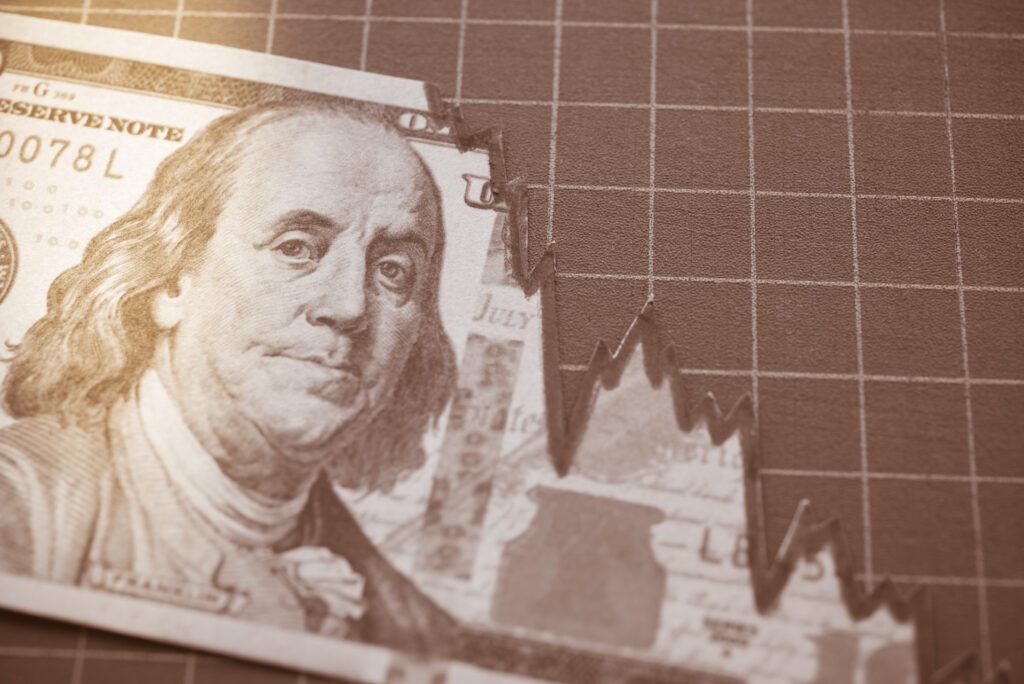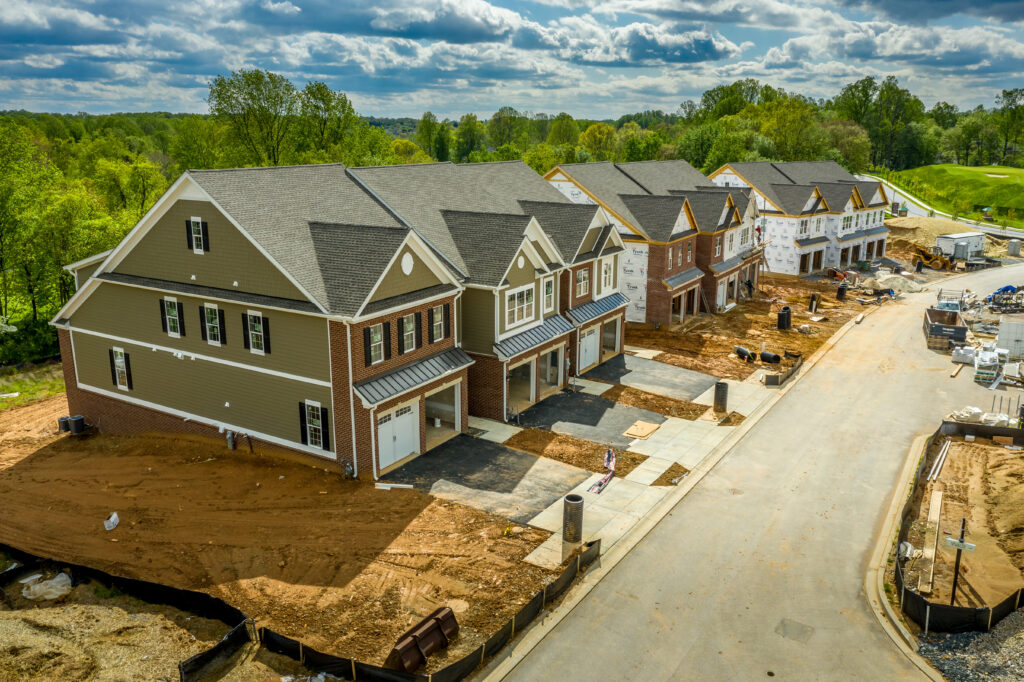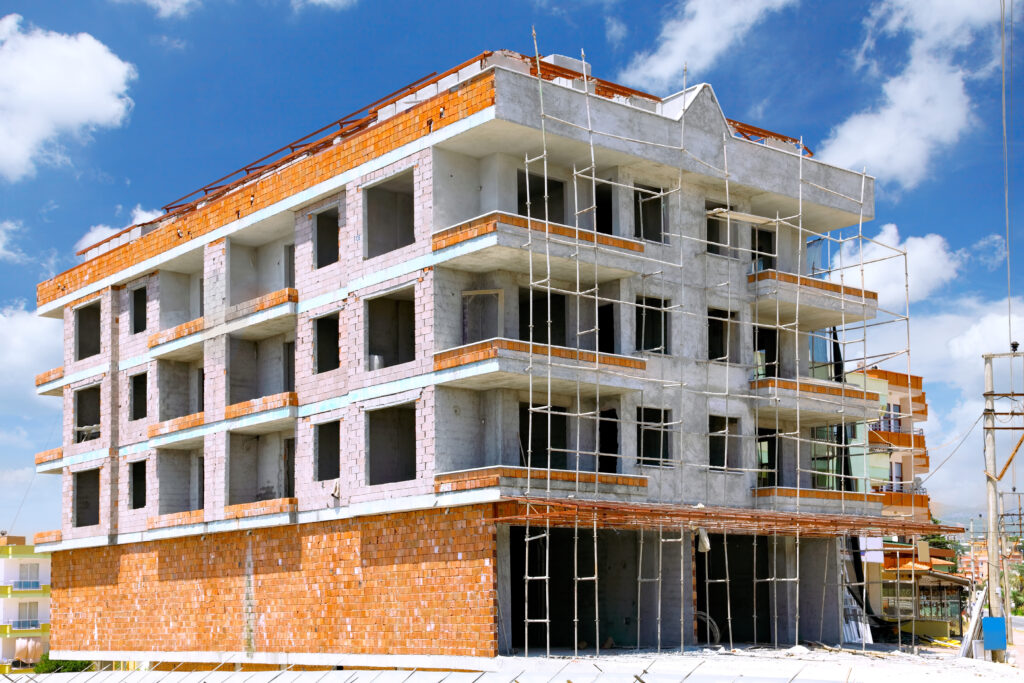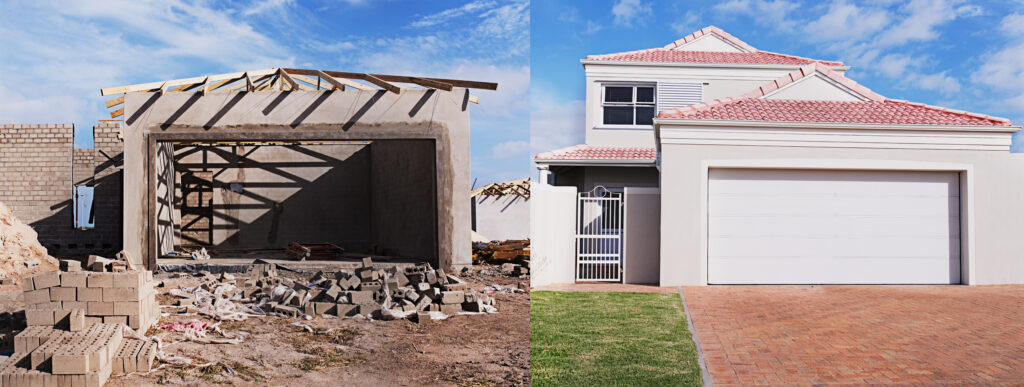This month the Federal Reserve raised its fund rate by another .75 percentage points. That part was expected and wasn’t exactly news. What might have surprised some people was a statement issued by Fed Chairman Jerome Powell regarding the real estate market.
Powell said the U.S. housing market is headed for a correction. What did he mean by that, and what does that mean for real estate investors?

The Fed’s 2022 Policy and Its Impact on Real Estate
This wasn’t the first time the Fed raised interest rates this year. In fact, the Fed has raised interest rates at five straight meetings this year, and they have raised interest rates by three quarters of a point on three separate occasions. These moves make this the most active Federal Reserve in over a decade.
With these interest rate hikes, the current benchmark interest rate is in the 3-percent to 3.25-percent neighborhood. And it’s likely the Fed will raise interest rates even more before the end of the year.
The Fed has been pretty consistent in stating that its goal in raising interest rates this year is to curb inflation. The U.S. inflation rate, which has steadily increased since the fourth quarter of last year, peaked at 9.1 percent in July. While it has come down to 8.3 percent since then, there is still a way to go before inflation is at a comfortable pace for the Fed and most Americans. Still, both inflation and rising interest rates come with some stark repercussions for the real estate industry as a whole and real estate investors in particular.
Let’s look at three areas where the Fed rate hikes will have an impact on real estate markets.

Single-Family Rentals
Before the Fed began tinkering with interest rates, single-family rental properties were booming. The primary reason was rising real estate prices. After the COVID-19 pandemic slowdowns, which impacted the construction industry and the lumber supply chain, new construction starts drove up lumber prices illustrating there had been pent-up demand. In turn, that drove up home prices.
On top of that, low housing supply coupled with high demand also impacted home prices. With more people looking for single-family homes, and not enough to go around, some would-be homebuyers were priced out of the market and forced to rent.
That drove up demand for single-family rentals, especially for young families with children.
Now that interest rates are on the rise, home prices are coming back down. That’s opening the door for many single-family renters to purchase the homes they’ve wanted to buy. But it’s not slowing demand for rental properties.
As home prices continue to decline, the cost of home loans is rising. That’s putting downward pressure on the number of homes that sell. Some would-be homeowners still can’t afford to buy, or they can’t afford to buy the size of home they need for their families. These factors are driving investment into single-family rentals going into the fourth quarter of 2022.
Single-family rentals look like a good investment for the foreseeable future.

Multifamily Rentals
While families look to single-family properties, either to buy or rent, singles and widowed elderly are more likely to live in multifamily communities.
There’s still a housing shortage, and there’s still demand for single-family properties. On top of rising prices and the supply-demand curve, there has been a step up in immigration and migration to smaller cities. Post-pandemic employment has changed, and many workers are enjoying the benefits of remote work, which means they can live anywhere and continue with their current employer. While some callbacks have occurred, the migration is benefiting smaller cities with strong multifamily communities.
The result is a strong multifamily rental market in major cities where home prices are too high and mid-sized cities where there aren’t enough single-family homes to go around. This is a golden opportunity for multifamily rental investors.

Fix-and-Flips
Fix-and-flip investing has taken a toll, but it isn’t dead.
Rising interest rates mean investors will now pay more for the capital costs of construction and rehabilitation. The good news for fix-and-flip specialists is that it’s causing a slowdown in new construction. What that means for fix-and-flip investors is the opportunity still exists to meet the demand for home ownership.
Of course, the housing market is cooling down after a couple-year run of being on fire. But there is still pent-up demand and lowering supply.
While Fed interest rates don’t impact mortgage rates directly, they do have an indirect impact on mortgage interest rates and home buying. Practically speaking, lowering home prices with rising interest rates means that there is a shift in who can afford homes and who can’t. Cash buyers, or buyers with large down payments, have an advantage.
Home buyers who qualify for a loan will qualify for lower amounts. That means settling for smaller homes or lower-priced homes. It also means sellers will have to lower their prices in some markets.
The long and the short of it for fix-and-flip investors is you must buy right or risk lowering your ROI on the backend as prices come down.
Real Estate Is Still Local
There’s one reality that will never change no matter what the market forces are. Real estate investing is a local market.
The practical reality for real estate investors, whether fix-and-flip investors or rental property investors, is that you must know your market. Some local markets may have more and better opportunities in the rental sector. Others may have plenty of opportunities for fix-and-flip investors. If you remain flexible in your strategies, understand the local market dynamics, and commit yourself to a solid strategy, you should still perform well in today’s shifting market.


